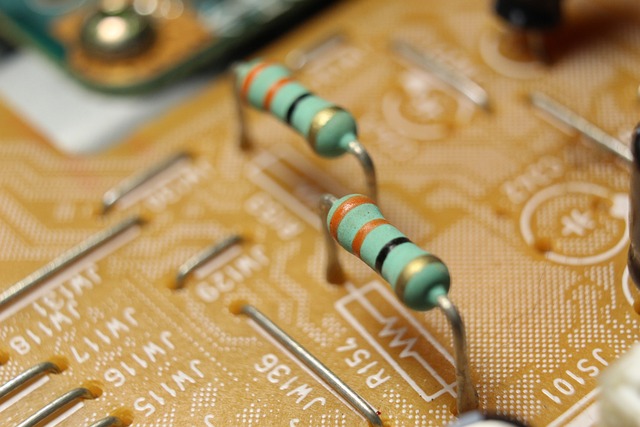In recent years, the healthcare industry has witnessed a remarkable transformation, largely fueled by innovations in technology. Among these advancements, the concept of miniaturization in sensor technology stands out as a game-changer. Imagine a world where medical sensors are as small as a button, yet capable of delivering real-time health data. This vision is becoming a reality, and the implications for patient care are profound.
The push for miniaturization is rooted in a desire to enhance patient comfort and accessibility. Traditional medical devices can be cumbersome, often requiring patients to endure uncomfortable or invasive procedures. Miniaturized sensors, however, offer a non-invasive alternative that can be worn seamlessly. Patients can monitor their health without the burden of bulky equipment, leading to more consistent usage and better health outcomes.
One of the most exciting applications of this technology is in chronic disease management. Conditions like diabetes require continuous monitoring of blood glucose levels, which traditionally involves frequent needle pricks. With the advent of miniaturized sensors, patients can now wear devices that automatically collect and transmit glucose data to their smartphones, allowing for easier adjustments to their diets and insulin dosages. This innovative approach transforms the patient experience, making it less about enduring discomfort and more about empowering individuals to take control of their health.
Moreover, miniaturization extends beyond personal health devices. In remote and underserved areas, access to healthcare can be limited due to a lack of resources. Miniaturized sensors can play a vital role in telemedicine, enabling healthcare professionals to monitor patients from afar. These pocket-sized devices can transmit vital signs and other health metrics to doctors, facilitating timely interventions without the need for patients to travel long distances. This not only improves patient care but also alleviates the burden on healthcare systems.
Another remarkable application of miniaturized sensors is in the realm of early disease detection. Wearable devices equipped with advanced miniaturized sensors can continuously monitor various health parameters, including heart rate variability and skin temperature. These sensors can detect anomalies that may indicate the onset of illness, allowing for earlier intervention. By prioritizing prevention and early detection, we can shift the focus of healthcare from reactive to proactive, ultimately enhancing patient outcomes.
With the merging of miniaturization and artificial intelligence, the potential for healthcare innovation expands even further. Miniaturized sensors can gather vast amounts of data, which, when analyzed by AI algorithms, can provide insights into patient health trends and potential risk factors. This symbiotic relationship not only fosters personalized medicine but also opens avenues for predictive analytics, enabling tailored health recommendations and interventions.
However, while the benefits of miniaturized sensors are evident, there are also challenges to consider. Data privacy and security are paramount concerns, as increased connectivity brings about the risk of unauthorized access to sensitive health information. Ensuring robust security measures will be crucial to maintaining patient trust and the successful adoption of these technologies.
The future of healthcare is bright, and as we harness the power of miniaturization in sensor technology, we are on the verge of a revolution that could redefine how we approach health and wellness. By focusing on patient-centered solutions, we stand to enhance the quality of care, making healthcare not just more effective but also more accessible to everyone.



